Mana Pro Rabbit How Much to Feed
Rabbits and other small herbivores have a digestive system that is perfectly adapted for their plant-based diet and to stay on top form, our pets need high quality nutrition that mirrors that of their wild cousins. However, just like us humans, rabbits need to pay attention to portion control to stay slim. It does not matter how much hay your bun nibbles on – if they over-indulge on dry food and treats, they will end up piling on the bunny pounds. So how much is too much?
Portion size for rabbits is not as black and white as is sometimes suggested. Ever heard the suggestion that in addition to unlimited hay, your bunny should have an egg-cup sized offering of dry food every day? Whilst this may be true for some, it is far better to determine portion size on an individual basis, taking into account factors such as size, lifestyle, activity levels and body condition score.
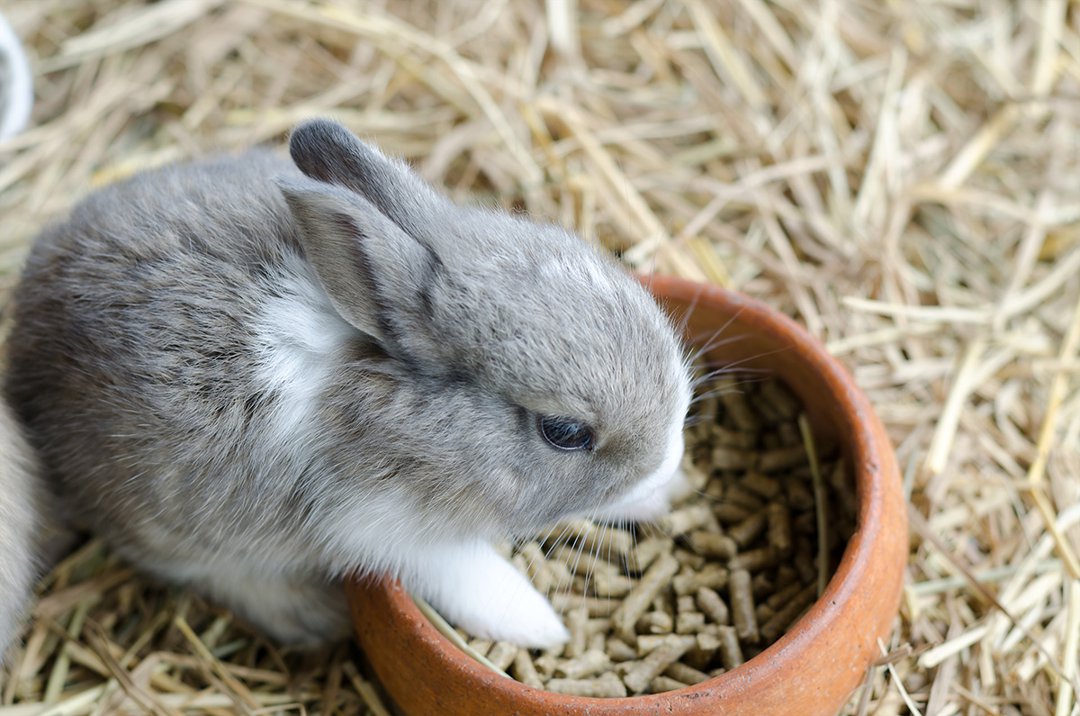
Portion size: step by step guide
Step one: Start by assessing whether your rabbit is overweight, underweight or just right. This is known as body condition scoring. It can be tricky to decide if your pet's body condition score is OK but using tools like the Pet Food Manufacturer's Association's Rabbit Size-O-Meter can be really helpful and it is a good idea to seek veterinary advice if you are unsure.
Step two: Pop your pet on the scales to measure their weight in kilograms (kg). As well as helping determine portion size, regular weigh-ins will help you keep track of your pet's weight in the longer term.
Step three: Feed your rabbit 25 grams of nuggets or muesli mix per kilogram of body weight per day, split into two meals, morning and evening. You may need to adjust this a little depending on your bun's body condition score.
Portion size calculation: 25 x rabbit weight in kg = Daily total food ration in grams
Sounds simple? Well, as we have discussed already, to ensure our pets do not become overweight or underweight, it is important to consider each as an individual. Some rabbits will need a little more, some a little less, so whilst this handy calculation is a good place to start, there are other factors to consider, such as:
- Rabbit size
- Breed
- Age
- Activity levels
- Lifestyle
- Environmental temperature
- Stress
- Neutering
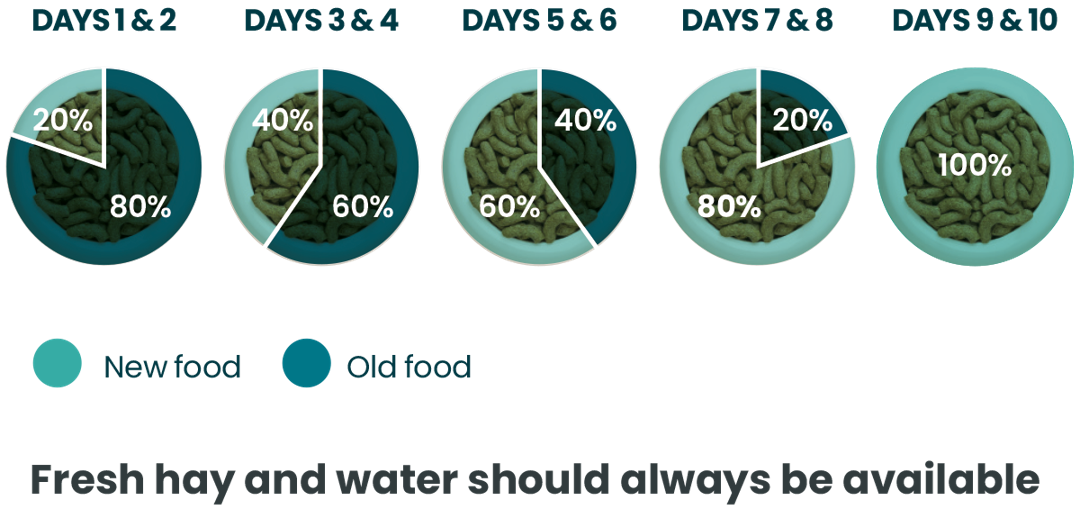
Preventing obesity: when to cut the calories
Dry bunny food is much more energy dense than hay and grass, so it is easy for our fluffy friends to become overweight if the portion size is too big. You may need to reduce rations if…
- Your rabbit is neutered
There is lots of evidence that energy requirements decrease after neutering in cats and dogs but is the same true for rabbits? Despite the popularity of our bunny friends, this area of knowledge is less well established than in dogs and cats. However, one study1 concluded that neutered rabbits are over five times more likely to be overweight.
- Your rabbit is a bit of a bunny couch potato?
If your bun picks putting their fluffy paws up for a spot of rest and relaxation over binkies and bunny hops, their energy requirements will be lower than their more active friends and Science Naturals Fibafirst makes a great choice to keep them in top-top condition.
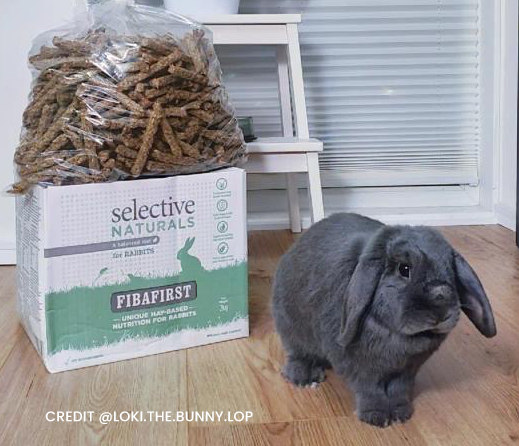
- Your rabbit is a senior citizen
The energy requirement of rabbits decreases with age, partly due to a slowing of their metabolism and partly due to a reduction in activity levels. With this in mind, Science Selective Four+ Rabbit is designed to meet the nutritional needs of rabbits aged four years and over. Age-related conditions such as arthritis can affect rabbits too and older bunnies that seem to be 'slowing down' should always be checked by a vet.
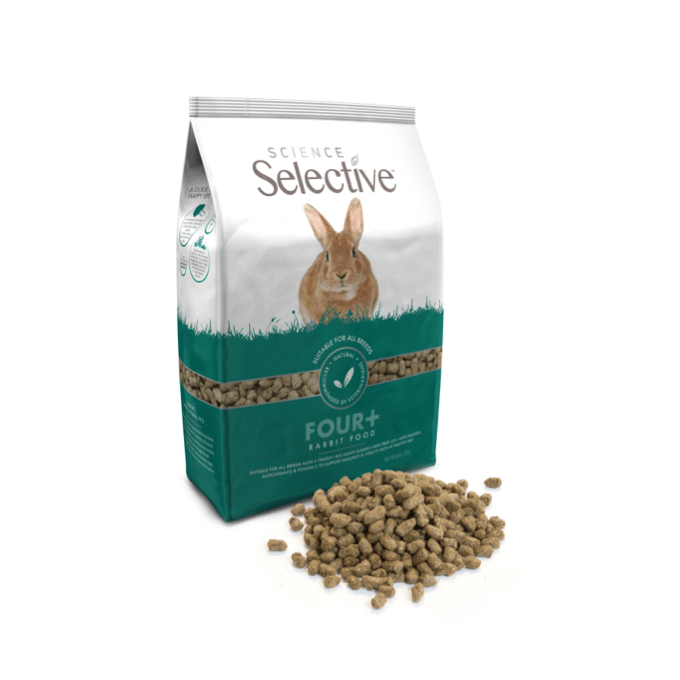
- Your rabbit is a large or giant breed
Some bunny breeds are predisposed to weight gain, with the giant breeds top of the 'at risk' list. With its extra high fibre content, Science Naturals Fibafirst, can help to keep these larger rabbits at an optimum weight.
- Your rabbit is a house rabbit
Rabbits that live mainly indoors have luxuries like central heating to keep them warm and snuggly. Whilst living with such comforts has its benefits, house rabbits do not have to use their energy supplies to help keep themselves warm. So, a house rabbit, may need a reduced food portion compared to an outdoor bun. It is worth remembering that house rabbits have slightly different nutritional requirements to their outdoor friends, and Science Selective House Rabbit is tailored to meet their unique needs.
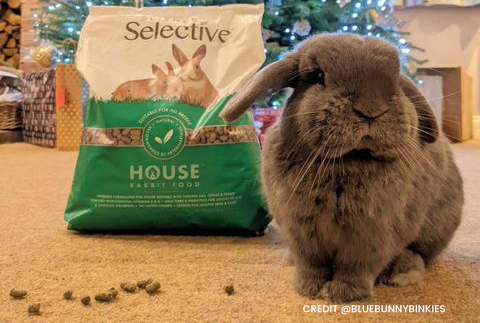
If your bunny is a touch on the heavy side, why not take a read of How to Help an Overweight Rabbit Lose Weight for loads of useful facts and advice.
Looking a bit thin: when to increase the calories
Weight loss is a common sign of illness in rabbits so if your bun is looking a bit on the thin side, or seems to have unexplained weight loss, it is best to get them checked by a vet.
From a dietary point of view, excess weight gain is usually more of a risk than weight loss but there are circumstances where the reverse is true. You may need to increase portion size if…
- Your rabbit is a small breed
Smaller bunnies tend to have a faster metabolism than their larger friends. They are often more active too, loving nothing better than rabbit zoomies round the garden all of which adds up to an increased calorie requirement.
- Your rabbit is experiencing stress
Times of increased stress can have an impact on even the most chilled out rabbit. So, what kind of things might increase bunny blood pressure? The answer to this is anything and everything! As prey animals, rabbits are constantly on alert for potential threats. Maybe the neighbour's dog barks all day, or maybe they are adapting to life with a new bunny friend. Illness can also be a source of what is known as physiological stress (meaning stress to the body rather than the mind), which is one of the reasons why it is super important to tempt poorly bunnies to eat. Science Selective Recovery Plus and Science Selective Recovery Liquid Feed are ideal for encouraging appetite and enhancing recovery from illness.

- The weather is chilly
A drop in environmental temperature means the body has to work harder to keep warm, so energy requirements tend to be higher in the chillier winter months.
All this may seem a little overwhelming with so much to take into consideration, so let's summarise the key points:
- Weigh your rabbit
- Work out a starting portion size based on 25 grams per kilogram
- Make small adjustments to this quantity, increasing or decreasing as appropriate
- Weigh your rabbit every one to two weeks and adjust portion size if necessary
To keep fit and healthy, remember that as well as a portion of rabbit food tailored to their individual needs, 80% of a rabbit's diet should come from tasty, nutritious hay such as Science Selective Timothy Hay or Russel Rabbit Tasty Hay. Rabbits should be allowed free access to hay at all times and should eat roughly a body-sized portion every day. Add to this a handful of leafy greens and an occasional treat and you will help to keep your bun in tip-top condition.
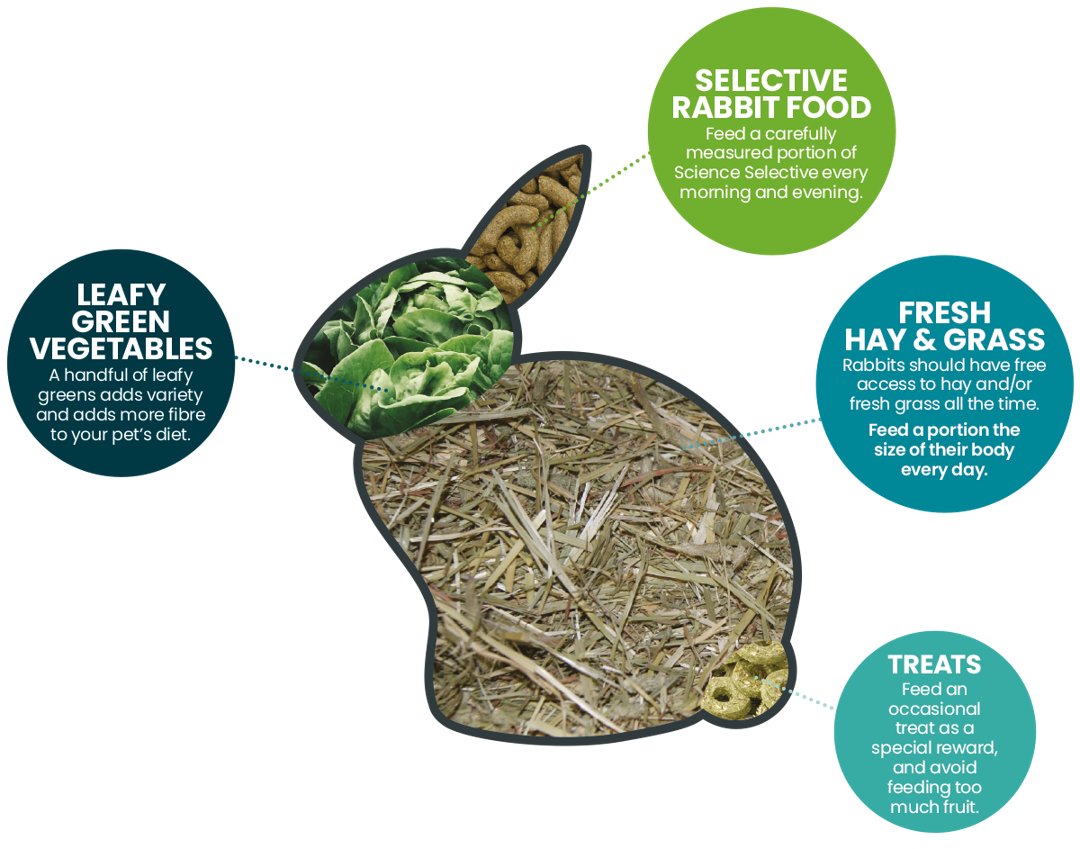
If you have any further questions, you can reach out to us on our Facebook page or get in touch via our contact us page.
- EA Courcier, DJ Mellor, E Pendlebury, C Evans, PS. Yam. Preliminary investigation to establish prevalence and risk factors for being overweight in pet rabbits in Great Britain. Vet Rec, 171 (8) (2012): p197–197
Source: https://supremepetfoods.com/blog/how-much-to-feed-my-rabbit-an-individual-approach-to-portion-size/
0 Response to "Mana Pro Rabbit How Much to Feed"
ارسال یک نظر